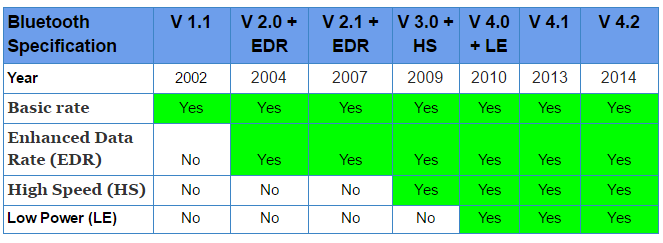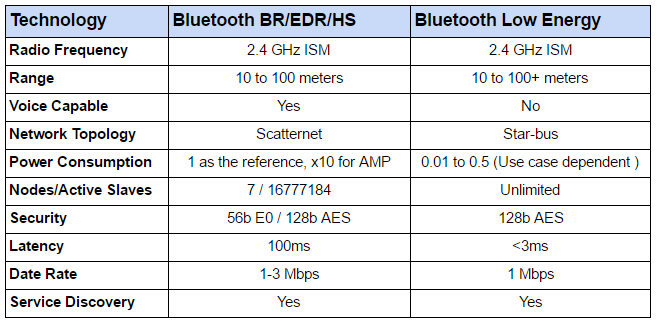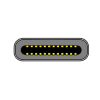Chargers and Power Banks
Headphone & Speakers
Cases & Covers
Virtual Reality
Cables & Adapters
Media Player
Laptop
Tablet
Desktop
Cell Phone
Printers & Copiers
Memory Cards
TV
Computer Display
Game Console
Smart Home
Wearable Technology
Photo & Video Camera
Car Electronics
Car
Networking Equipment
Smart Toys
Home Audio & Video
Professional & Industrial
Storage Drive
Docking Station
Game Console Controllers
Set-top box
Keyboard, Mice, & Stylus
Portable Music Player
Computer Parts & Components
Cordless & Speakerphones
Projector
Software
Reporting
HP Chromebook 13
by Hewlett-Packard




Interested in this product?
Bluetooth
Bluetooth is a wireless technology standard for exchanging data over short distances (using short-wavelength UHF radio waves in the ISM band from 2.4 to 2.485 GHz) from fixed and mobile devices, and building personal area networks (PANs). Invented by telecom vendor Ericsson in 1994, it was originally conceived as a wireless alternative to RS-232 data cables. It can connect several devices, overcoming problems of synchronization.

In time evolutionary point of view Bluetooth technology started in 1998, the three most important Bluetooth technology evolution are version 2.1 + EDR - secure, simple pairing in 2007 and the second one was version 3.0 - high speed in 2009, and the third one was version 4.0 - Low Energy in 2010. Bluetooth version 4.0 was a new way of transferring data between two devices with very low power.

Bluetooth BR/EDR/HS uses time division multiplex where time is divided into 625 uS slots and data is exchanged via packets, there are two types of data exchange mode one is Asynchronous Connection-oriented logical transport (ACL), and another one is Synchronous Connection-oriented link (SCO), Enhanced SCO (eSCO), in simple ACL is for data transfer and whereas SCO and eSCO is for voice.
Bluetooth Low Energy ISM band split into 40 channels of two types; one is Advertising Channels and other is Data Channels. Advertising Channels are three fixed channels those are channel 37 frequency of 2402MHz, channel 38 frequency of 2426MHz, and channel 39 frequency of 2480MHz. Data Channels are those channels used to transfer a large amount of data, and those channels are channels 0 -10 frequency from 2404 - 2424 MHz and channels 11 - 36 with frequency from 2428 - 2478 MHz.

View Full Article
Featured Products
 GTrusted
GTrusted































